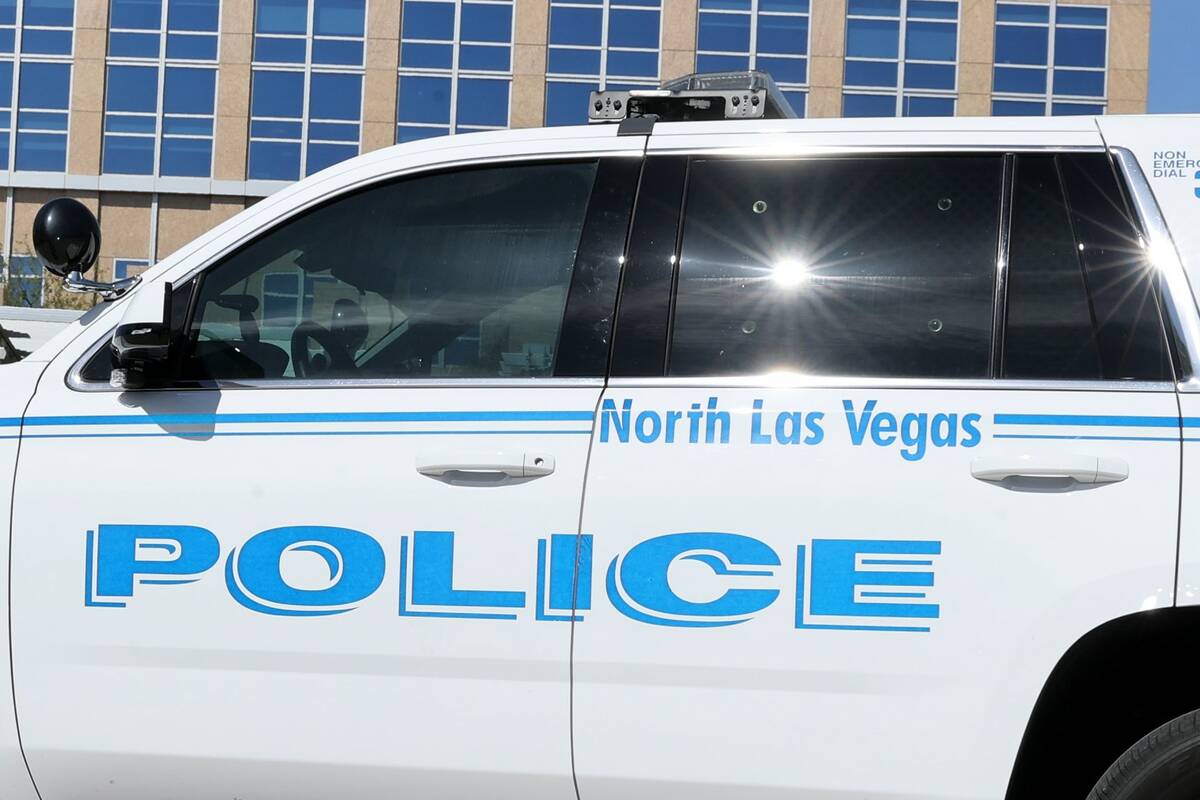Brightline, which operates trains in Florida, is again planning to build a railroad from Southern California to Las Vegas.
A planned high-speed rail project between Las Vegas and Southern California that stalled last fall due to the pandemic now appears to be back on track.
But it could face some competition.
Miami-based Brightline Holdings has been planning for several years to build an $ 8 billion, 170 mile high-speed rail link between Las Vegas and Victorville, with a possible connection to Union Station downtown.
However, last fall, an initial $ 2.4 billion bond sale was postponed in support of the project because Covid-19 had no demand from buyers.
In April, however, Brightline executives said the funding picture had improved and construction could begin late in the second quarter.
Michael Reininger, Chief Executive of Brightline Holdings, gave an optimistic assessment of the financing situation in an interview with the Reno Gazette-Journal last month.
“The tenor of the financial markets is dramatically different today,” said Reininger. “The stock market is doing incredibly well, people are optimistic about a massive economic recovery, jobs are moving in the right direction. That gives us confidence in our ability to keep the project on track. “
Reininger did not give a schedule for the start of construction. A Brightline spokesman said last week the company is now “repositioning itself to developing revised funding plans”.
The company sent a written copy of the testimony that Reininger was due to submit to a subcommittee of Congress late last week. In that statement, Reininger called on Congress to relax restrictions on tax-exempt bonds and facilitate access to a federal loan program for railroad development.
Brightline, which operates an intercity rail network in Florida, has received most of its previous funding through New York-based Fortress Investment Group.
The company is proposing to build the Las Vegas to Victorville high-speed line primarily midway along Interstate 15, the main car and truck route between Southern California and Las Vegas. Trains would take approximately 85 minutes to traverse the route at speeds of up to 200 miles per hour.
Completion is tentatively scheduled for 2023, depending on whether the rest of the funding is secured.
Brightline has also been negotiating with Metrolink, the regional rail network in Southern California, and the San Bernardino County Transportation Authority over possible stimuli for the high-speed line to be extended to Union Station.
According to a company spokesman, the lead candidate is now an extension of Rancho Cucamonga with a Metrolink connection to Union Station.
However, Brightline faces a potential new challenge from National Railroad Passenger Corp., the quasi-public national passenger transport service commonly known as Amtrak.
President Joe Biden’s $ 2.2 trillion infrastructure and employment plan provides $ 80 billion in new funding for Amtrak to expand its network. One possible expansion is the restoration of a route between Union Station and Las Vegas that Amtrak abandoned in 1997.
In a statement released on March 31, Amtrak Chief Executive Bill Flynn said the rail network “has a bold vision to bring world-class energy efficient intercity rail services to up to 160 new communities across the country as we invest in our fleet and stations in the USA “
While Flynn did not specify the route from Los Angeles to Las Vegas in his statement, a map published with the statement shows that it is one of the new routes that Amtrak plans to offer.
The map did not provide a timetable, nor was there any indication of how many stops the route would have or how long the travel time would be.
The prospect of two railroad lines crossing the Mojave Desert to Las Vegas raises questions about demand. Before the pandemic, eight airlines offered flights between airports in the Los Angeles area and Las Vegas area, while passengers who prefer ground transportation could choose from four bus routes.
In his interview with the Reno Gazette-Journal, Brightline boss Reininger welcomed the potential competition.
For reprint and license inquiries on this item, CLICK HERE.













